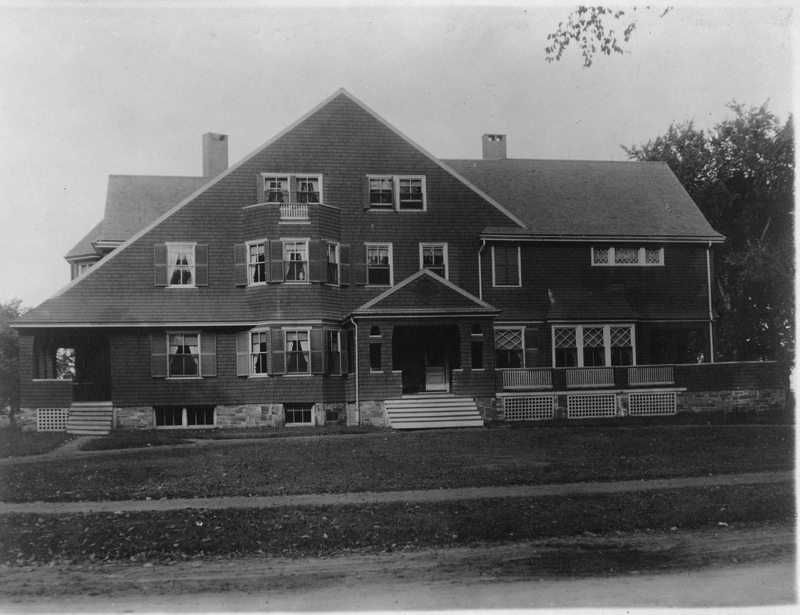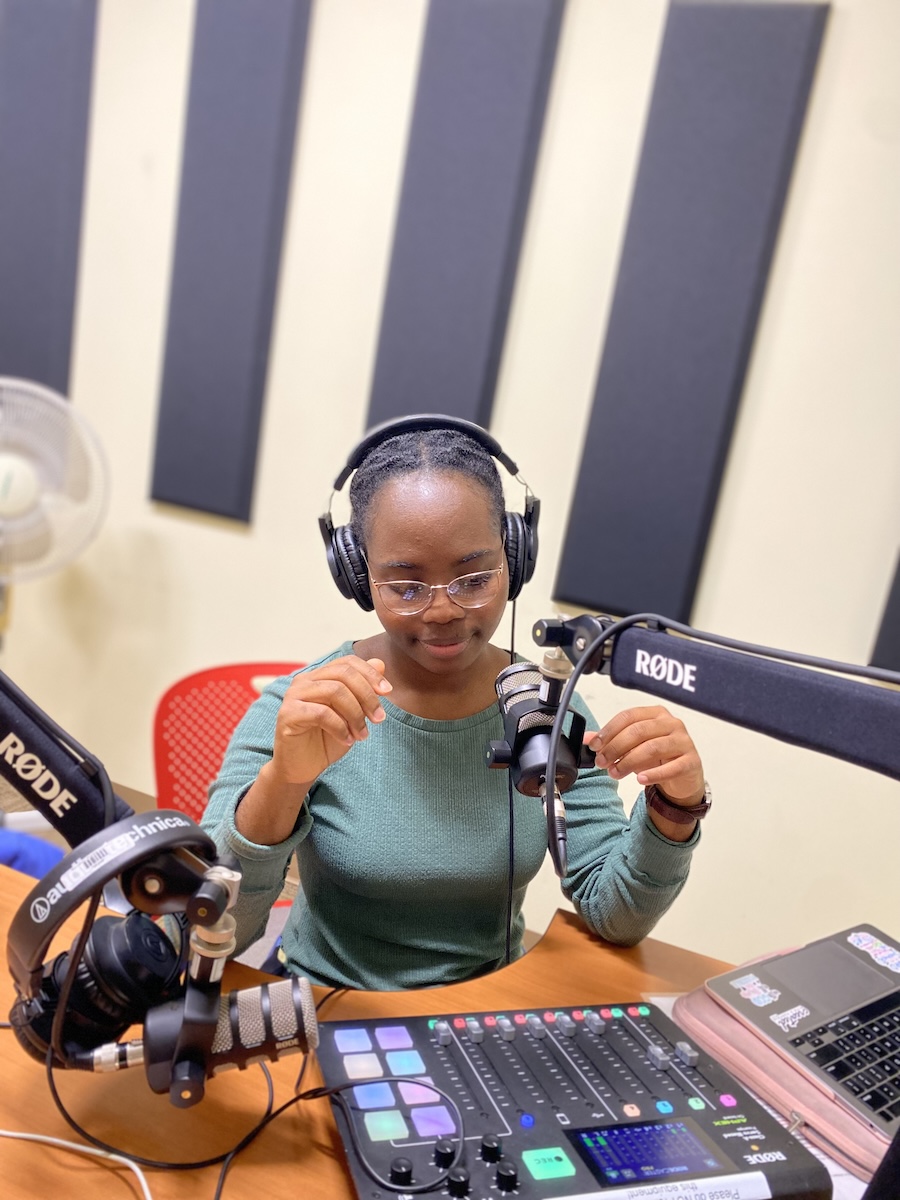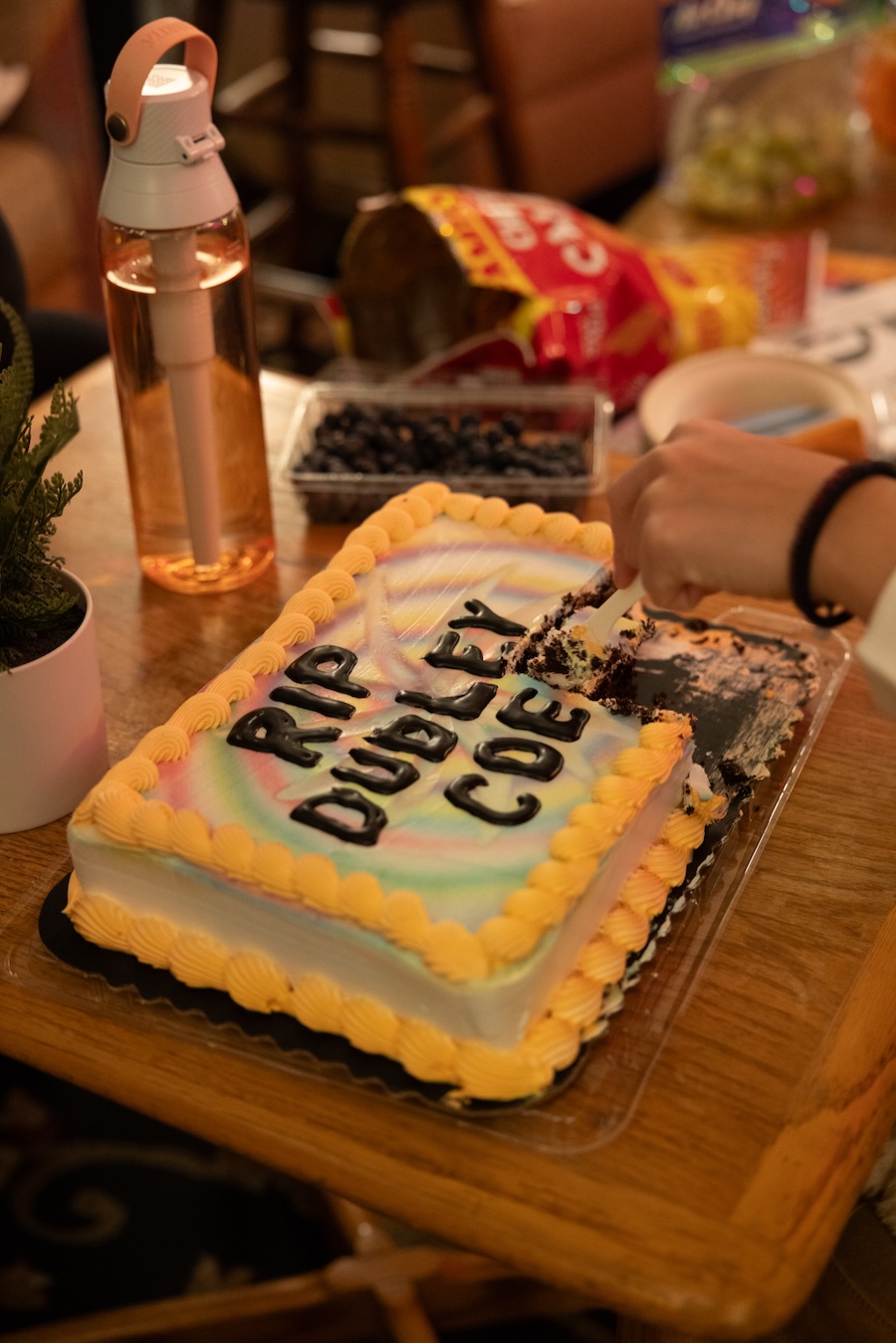A Profile of a College House: Quinby
By Rebecca Goldfine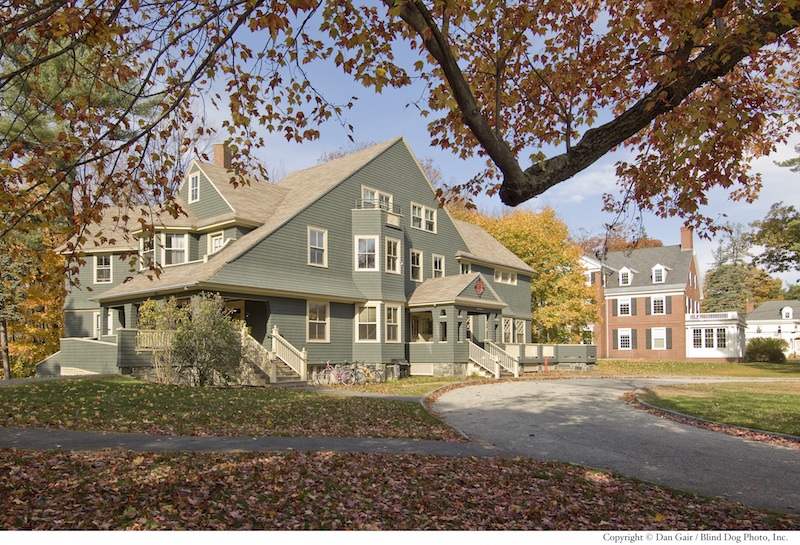
Quinby House, at 250 Maine Street, is part of a line of majestic College Houses — all former fraternities — that border the campus’s eastern edge. Since transitioning to a College House from a fraternity in 1999, Quinby has earned a reputation for not having a reputation, according to the students who live there, because it doesn’t attract a particular type. Instead, it appeals to a range of students with many different interests.
This year, an “eclectic” group of 24 sophomores live in Quinby. All Quinby residents applied for the honor of living there, for when students opt to reside in one of the eight College Houses, they make a pact with Bowdoin that they’ll organize intellectual, artistic, political and social events on campus. The College Houses are nicknamed “the living rooms of Bowdoin,” because they’re the epicenter of many talks, film screenings and gatherings. Students often say they want to live in a College House because they are interested in influencing the cultural life of the campus.
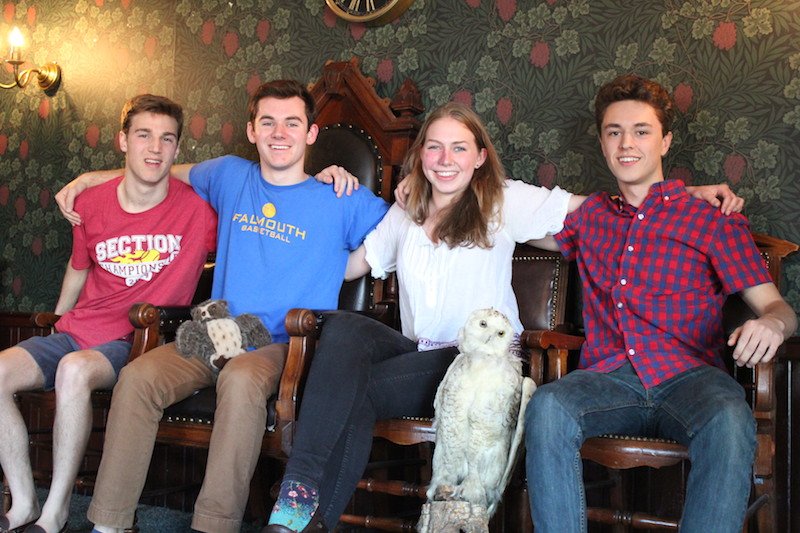
Four of the five officers of Quinby (vice president Anisa LaRochelle ’17 wasn’t available) sat down recently to talk about why they wanted to live in Quinby and what they felt most proud of after living in the house for the past eight months.
Why did you want to live in a College House, and why Quinby?
Simon Close ’17, Quinby communications officer: Living in a College House was a way to get my face out on campus and to be an active member of Bowdoin — and to help drive the social and academic scene. It was appealing to me that I was creating and strengthening a sense of community.
Reed Fernandez ’17, Quinby president: It was everything I wanted from a College House. College Houses are good middlemen between students and faculty, and a good way to meet faculty, Residential Life staff and deans on a more equal relationship. At Quinby, I can have fun — we have a good time — but we also throw really well-attended academic events. The College House system is the best way to get involved on campus. Most of Bowdoin can relate to Quinby. No one type of person lives here. To have an eclectic group of people here was really exciting to me. I can’t think of a group that isn’t represented…everyone is involved with something. It’s rare for people from all walks of life to become close.
Spencer Shagoury ’17, Quinby treasurer: To meet new people. I’ve met some of my best friends this year. Quinby and Mac (MacMillan) have the best personalities, and I think the image the house had on campus was important to me. [Quinby is] friendly without being known as a party house.
Caroline Montag ’17, programs director: The reason I wanted to live in a College House was because I wanted to bring a unique new lens to programming and events on campus. [During my first year] I saw a lack of certain events on campus, and I wanted to encourage more diverse programming on campus. I wanted more informal, casual discussions about current events and social-justice issues at Bowdoin. I also wanted to build a community of people I hadn’t met before. Quinby attracts a diverse group of people, and I saw living here as an opportunity to expand my circle and knowledge of what happens on campus. It was a great way for me to get out of my comfort zone.
What’s been the best part of living at Quinby?
Simon Close: I’m now part of more social circles.
Reed Fernandez: My Bowdoin visibility has grown. It’s so great to help shape Bowdoin with 23 other people and have the rest of the campus backing us up.
Spencer Shagoury: I can’t imagine a better living situation. But our time here is about up.
Caroline Montag: I am really proud of our officer team and proud of the whole house. We came together in a way that I was skeptical about in the beginning. I had doubts. I thought maybe the house was too eclectic and people wouldn’t have enough in common. But we’ve had casual events and got the whole house involved, like impromptu parties in the basement, pizza as we study, an indoor trampoline party. I am really happy that so many people have wanted to make this house a home and a community.
Event highlights from the past year
Quinby students invited David Pearce ’72, U.S. Ambassador to Greece, to Quinby to chat with students last October over Frosty’s donuts. The event, “Donuts with a Diplomat,” was hugely popular. The house also organized discussions about domestic violence and the NFL, and about the ethics of bear baiting. After a hard winter, house residents threw a breakfast for facilities and housekeeping staff as a way to say thank you.
College Houses are also affiliated with first-year halls. Over the past year, Quinby has done such things as invite its first-year affiliates over to watch the Superbowl and to take a study break with cider and donuts. They all also gathered to make cookies during a snowstorm.
College Houses also throw campus-wide parties. “Everyone is invited,” Montag explained. “College houses are safe spaces for first-years so people can test out Bowdoin’s social scene.” One of Quinby’s more famous fetes is the Cold War party, which it organizes with MacMillan, its neighbor on Maine Street, during February’s Winter Weekend. Quinby takes on the role of the U.S.A, and Mac becomes the U.S.S.R. Quinby residents decorate the house with American flags and wear patriotic clothing, while Mac residents wear red shirts decorated with the hammer and sickle.






History of Quinby House
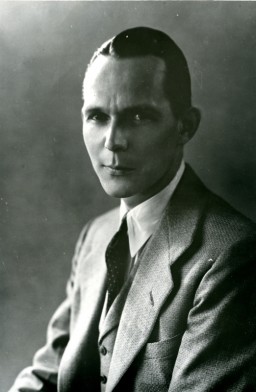
Quinby House, a Shingle-style building designed by John Calvin Stevens at the turn of the 20th century, is named after George “Pat” Hunnewell Quinby ’23, a former English professor and dramatics director at Bowdoin.
The Bowdoin Orient reports that Professor Quinby was born in Massachusetts in 1901 and sailed for a year as a merchant seaman before studying drama at Yale University. He taught at Bowdoin from 1934 to 1966, and also served as an advisor to the government of Afghanistan when the country was trying to establish a national theater program.
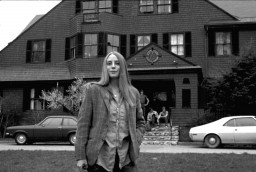
For almost a century, Quinby House was the home of Bowdoin’s second fraternity, Psi Upsilon, which was established on
campus in 1843. In 1970, Psi Upsilon admitted women members for the first time. The Orient reports that it is believed Patricia (Barney) Geller ’75 was the first female undergraduate fraternity president in the country.
The house changed hands from the Psi Upsilon Fraternity to the College on December 31, 1998. The rear wings of the building form the letter K, “a whimsical iconography that derives from the local chapter name, Kappa,” writes Patricia McGraw Anderson in her book, The Architecture of Bowdoin College.
Despite an extensive renovation and update in 1999, Psi Upsilon insignias still remain on the house’s walls, chandeliers and fireplaces. The second-floor chapter room remains largely unchanged. Even a stuffed white owl — much worn and delicate and which now serves as a sort of Quinby mascot — remains.




